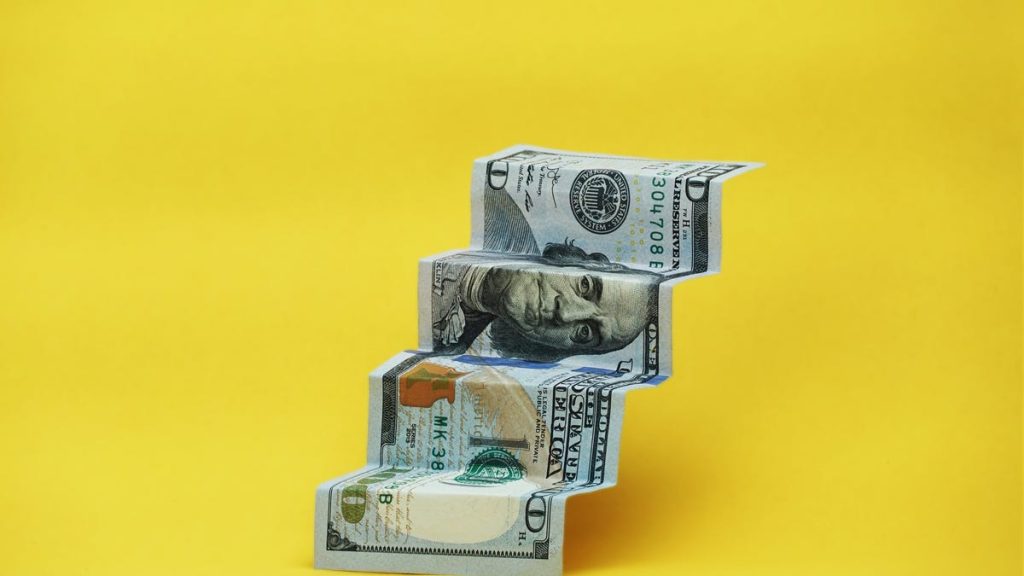Navigating the Shifting Landscape of CD Rates in a Potential Rate Cut Environment
The financial landscape is in constant flux, and the realm of Certificates of Deposit (CDs) is no exception. With the Federal Reserve poised for a potential rate cut in the near future, understanding the dynamics of CD rates and how to maximize returns becomes paramount for savers. Currently, short-term CDs offer more attractive Annual Percentage Yields (APYs) than their longer-term counterparts, presenting a window of opportunity for those seeking to lock in higher rates before they potentially decline. This strategic approach allows savers to safeguard their earnings against the impact of a rate cut, ensuring a predictable return on their investment.
The looming Federal Reserve meeting carries significant weight for the direction of interest rates. While the exact outcome remains uncertain, prevailing expert opinion leans towards another 25-basis-point rate cut. Such a move would likely trigger a ripple effect, causing rates on savings accounts and CDs to dip further. This potential decline underscores the importance of acting proactively. By securing a CD now, savers can effectively insulate their returns from future rate fluctuations, capitalizing on the current higher APYs available for short-term CDs.
Current market analysis reveals a spectrum of CD rates, ranging from 4.15% to 4.70% APY, depending on the term length. While the average rate has settled around 4.15% APY, it’s crucial to shop around and compare offerings from different financial institutions. This due diligence can uncover higher-yielding CDs, maximizing potential returns on savings. For instance, a $5,000 deposit in a six-month CD with a 4.70% APY could yield $117.50 in interest, showcasing the tangible benefits of securing a competitive rate.
The Federal Reserve’s influence on CD rates, while indirect, is undeniable. The federal funds rate, the benchmark for interbank lending, exerts a powerful influence on consumer interest rates. When the federal funds rate decreases, as anticipated, rates on products like CDs and savings accounts tend to follow suit. This correlation highlights the interconnectedness of the financial system and the importance of monitoring Federal Reserve policy for its potential impact on personal savings strategies.
The recent history of CD rates paints a clear picture of this dynamic. Following the Federal Reserve’s post-pandemic rate hike cycle, CD rates surged above 5% APY for terms ranging from six to eighteen months. However, this upward trajectory reversed course at the beginning of the year, with rates gradually declining. The September rate cut further accelerated this downward trend, pushing the average six-month CD rate from 4.92% APY at the start of the year to 4.38% APY post-cut, and further down to 4.15% APY recently. This historical context emphasizes the potential impact of another rate cut on CD yields.
Despite the potential for declining rates, CDs remain a valuable tool for savers seeking stable, predictable returns. Locking in a current CD rate provides a guaranteed return, shielding savings from future rate fluctuations. While a handful of CDs have recently increased their rates, the overall trend suggests that securing a CD sooner rather than later is likely to yield higher returns. For those with longer-term savings goals, CDs offer a secure haven, providing consistent growth even in a fluctuating interest rate environment. While high-yield savings accounts present an alternative for more liquid funds, CDs offer the advantage of a fixed rate, ensuring a predictable return over the chosen term. Ultimately, the best strategy depends on individual financial goals and risk tolerance. However, for those seeking a secure and predictable return on their savings, CDs continue to offer a compelling option, especially in the current climate of potential rate cuts.

